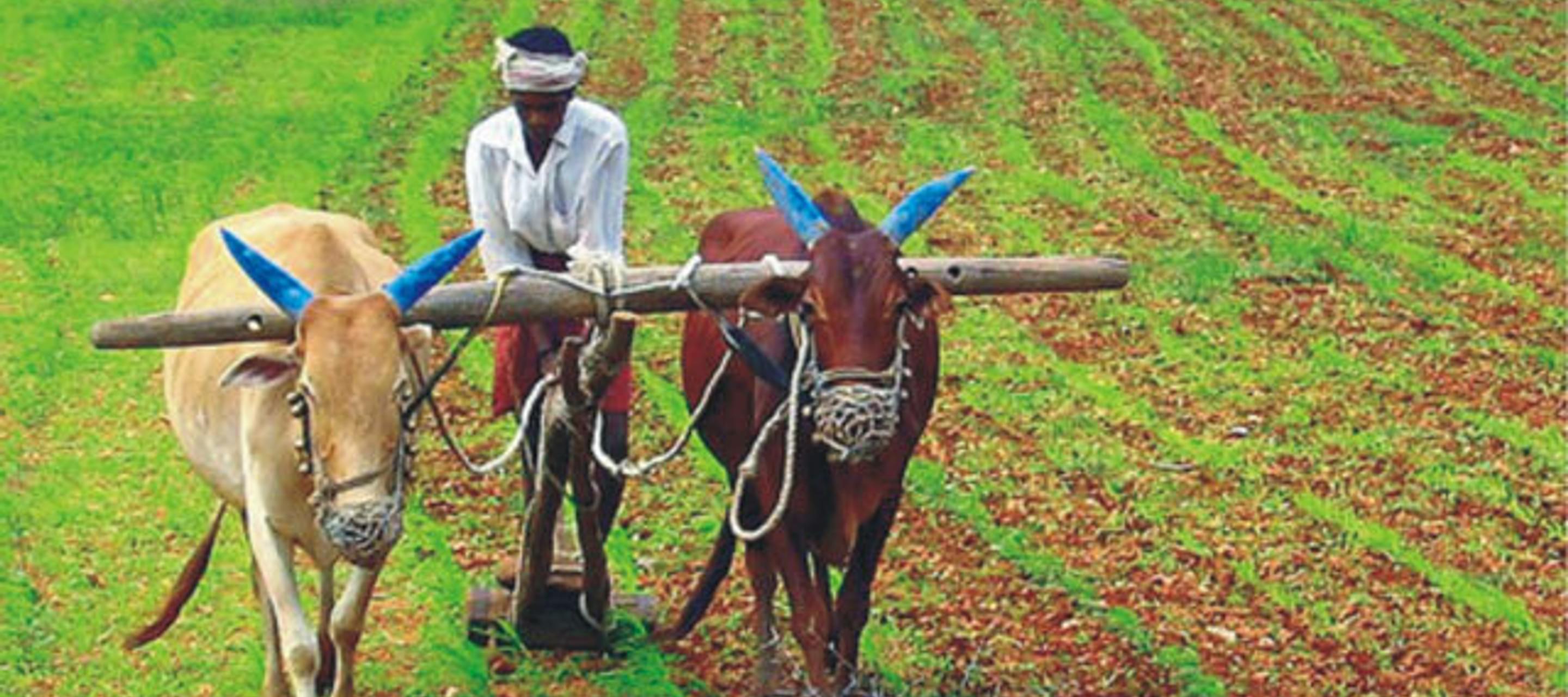Rural Economies - The Keystone of Food Security
14 October 2010

The topics of hunger, poverty, and food security dominate the headlines as the Committee for World Food Security meets in Rome this week leading up to World Food Day on October 16. Last month, world leaders met at the United Nations Summit on the Millennium Development Goals (MDGs) in New York to discuss progress made since these were set 10 years ago. At the top of the list is the ambition to end hunger and poverty around the world by 2015.
But an important question still needs to be answered — how do we achieve food security within the limits of our planet? Despite discussions and efforts over the years, nearly one billion people go to bed hungry and the mega trends of a growing world population to an expected 9 billion by 2050, changing consumption patterns, and climate change, do not make the journey any easier.
Can't we just grow more food?
The simple answer would be to grow more food. But the challenge is much more complex and goes beyond the human right to food: We must match the rapidly increasing demand in ways that are environmentally and socially sustainable. This requires changes in the way food is produced, stored, processed, distributed, and accessed.
The best solutions will require a system where increases in production will play an important part, but will be constrained as never before by the finite resources provided by Earth’s land, water, and biodiversity. Importantly, this system must be inclusive and recognize the rural economies around the world that – in the end – are the keystone of food security.
But the reality is that more than three-quarters of poor and hungry people live in rural areasi. Think about it - the majority of farmers growing food cannot afford to eat it.
These farmers need to achieve sustainable increases in productivity but are hindered by lack of infrastructure, access to markets, and modern technologies. Investments in agricultural and rural development hold the greatest potential to reduce poverty rapidlyii.
The good news is the knowledge, technologies, skills, and financial resources to build a sustainable future exist. More food can be produced, more sustainably, and can get to those who need it most.
Agriculture: A Vital Science
We first need to recognize that agriculture is a science that is vital to human well-being. Through continuous innovation over thousands of years, farmers have fed ever-growing populations with an increasing variety of produce. The Sumerians, for instance, used sulfur to control insects and mites 5,000 years agoiii and copper has been used to control fungal diseases for centuries.
This knowledge base must continue to evolve to meet today’s challenges. Global agriculture demands a diversity of approaches, specific to crops, localities, resources, and cultures. With better knowledge sharing and creative financial solutions farmers can achieve sustainable increases in productivity. Syngenta collaborates with community partners to meet these local needs and help farmers become entrepreneurs. As a result, farmers can invest in better agricultural solutions and compete in local and global markets.
Farming businesses depend on their ability to choose the best solutions suited to their specific conditions. The best yields that can be obtained involve an integrated approach using better seeds, water efficient technologies, nutrients, pest and weed management, and soil conservation. Putting integrated solutions in the hands of growers can enhance yields, improve incomes, and protect natural resources. This in turn can help break the cycle of poverty and hunger which inflicts rural communities worldwide.
Business, government, and society are united against hunger when they adopt a holistic approach to food security and appreciate the link between land, people, and technology. Technology is the enabler of resource efficiency and provides better solutions for farmers so they are able to meet the needs of the world. Policies that restrict this technology from reaching farmers are a threat to the right to food.
Agricultural technology is not a lifestyle choice - it fulfills the right to food by ensuring that all people have the capacity to feed themselves in dignity.
Footnotes:
i Deutsche Bank Research. Agribusiness and hunger - Threat to global food security drives collaborative business models, February 12, 2010.
ii World Bank: World Development Report 2008, op. cit; World Development Report 2005, op. cit.; and FAO: Roles of Agriculture Project (ROA).
iii Pesticides—Chemistry Encyclopedia



